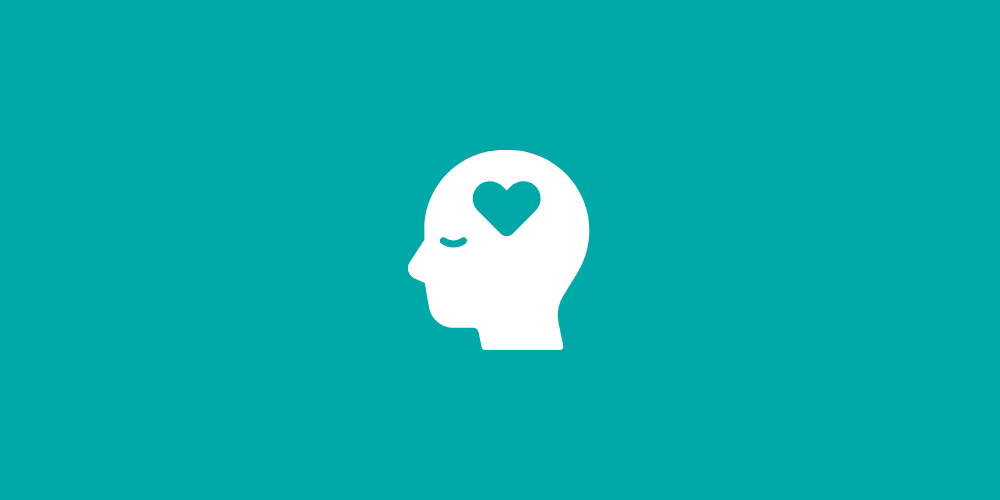Welcome to another post in support of practical mindfulness tools, where the focus is on supporting you in your parenthood with tools that are practical, flexible and accessible.
You can check out previous posts on practical mindfulness here.
This is the first newsletter with an audio version as a podcast. It’s an experiment! This way you can enjoy this newsletter on the go. This will become a paid subscriber benefit at the end of May. Paid subscribers will have access to all podcast episodes. Free subscribers will have access to some of the podcast episodes. So check it out and see what you think.
Doris. She is mean. She shows up at the worst times. She is full of trash talk. Happy to let you know all the things you are doing wrong. You shouldn’t have done it that way. You should have known better. Now look what you did. She behaves like a troll in the comments section of the internet. Oh dear Doris, go away.
Doris is a critic but she is also the second arrow. Or at least for me (I apologize to anyone named Doris, I am sure you are lovely). Second arrows tend to show up at the worst possible times. Usually, when you are already down.
The Second Arrow
In, No Mud, No Lotus: The Art of Transforming Suffering, by Thich Nhat Hahn. The second arrow follows an initial experience of suffering:
“The unwelcome things that sometimes happen in life—being rejected, losing a valuable object, failing a test, getting injured in an accident—are anlagous to the first arrow. They cause some pain. The second arrow, fired by our own selves, is our reaction, our storyline, and our anxiety, All these things magnify the suffering.”
The second arrow is a magnifier, it has an incredible power to make pain, worry and suffering bigger. Here are some signature moves of the second arrow:
Make you worry about things that have not even happened—my kid is struggling with math, this is going to impact his future forever.
It can be judgey—you should have known that your kids were going to combine their water play with mud and paint the front door?
It likes to fearmonger—what if it never gets easier? What if they never sleep through the night???
Sometimes it brings the heat—I am a good person, I don’t deserve this!!!
The second arrow can stir it all up, which leads to something that was already hard getting a whole lot harder. Sometimes we think the critic part is needed to help us be “better” but this is a trick. Getting stuck in a negative place of shame, blame, rumination and self-criticism is unlikely to get us to a place of being more responsive, flexible and resourceful.
So how can we suffer a little better? We put down the magnifier. We ask Doris to take a seat. We let go of things that we don’t need to suffer about.
Some ideas to consider
Let the first arrow have the space it deserves. Sometimes that second arrow is about getting away from the first one. Try spending time letting the sadness, disappointment, frustration, guilt or remorse just be before you move forward.
Gently notice the stories.
Politely decline —We don’t have to agree with the second arrow or the Dorises of our psyche. However, we can recognize that our brains and bodies might be trying to help, even if it is in a misguided way. You can both decline and be kind—”I see you there and I don’t agree, so no thank you.”
Show up curious—re-occurring stories sometimes are trying to tell us something. When the same story is showing up over and over, instead of getting stuck in the details, it can be helpful to wonder about why this particular story keeps showing up. Once again you do not need to agree with it but wonder about why this story is here…again.
Remember impermanence—this is going to change and sometimes knowing that helps you get unstuck.
Hey, you are still alive—maybe it’s a low bar but it can be a helpful reality check. Thich Nhat Hanh wrote:
“Suffering is there, yes; but what is also there is that you are still alive: “Breathing in, I know I’m alive.”
Look around—there is tough stuff but there is also good stuff around, too. This can be helpful to shake us out of our stuck-ness.
More words on the second arrow…
Check out this one from
on breaking the cycle of comparison, Spring in Motherhood: Weeding Out the Comparisons“As one of my mentors in CBT therapy training once said, "Once you are aware, you can decide if you want to change". Thus, awareness serves as the crucial first step toward change.
But how can we break this cycle? How can we transform it over time from an endless spiral of feeling bad and exhausted into a more linear process?”
A pep talk of sorts from
in Dear one who is trying so hard“…and I need to write my essay for tomorrow, you thought. Then, you thought of how another writer got that award. An award that you didn’t even apply for. But that you wish you had applied for and that you wish you had won instead. Oh hi Jealousy, hadn’t seen you for awhile, but I knew you were hanging around in the yard, waiting for me to leave open the door.”
In my first ever post on Substack, I mention the second arrow and how it showed up around being a “calm mom” but in my case not being a “calm mom”:
“And when that didn’t happen, that second arrow came in fast. The second arrow is a Buddhist concept: the first arrow being the suffering, the “thing” that happened (the chaos or the subsequent me losing my cool) and the second arrow is the suffering you inflict on yourself, the shame or the verbal beating you give yourself. The perfectionist in me did what you do when you feel you are not good enough: I studied, learned and collected so many “tools”. If I just kept working on it, I would be the “calm mom”, it would come.”
You can check that out here.













Introducing Doris, the inner critic